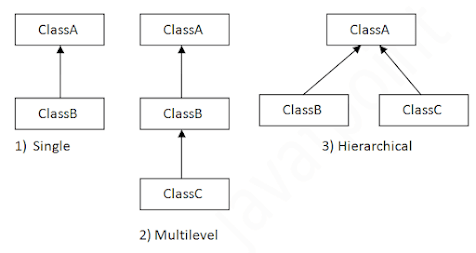Access Specifiers in Java
Access Specifiers
In Java, there are 4 types of Access Specifiers:
A. Class Level:
1. If class is declared as public then that class is visible to all the classes everywhere inside that project.
2. If the class is declared as default (package private) then that is visible to the classes which are present in the same package.
B. Member Level:
At member level we can use all the four access modifiers.
1. Public:
- If a method, variable or constructor is declared as public then we can access them from anywhere.
- When we are accessing the public member its class also should be public otherwise will be getting compile time error.
2. Default:
- If a method, variable or constructor is declared as default then we can access them from current package only. So it is also called "PACKAGE-PRIVATE".
3. Private:
- If a method, variable or constructor is declared as private then we can access them in the current class only.
- Private is the most restricted access modifiers.
- If a constructor is declared private we can't create a object for that class in other classes.
4. Protected:




Comments
Post a Comment